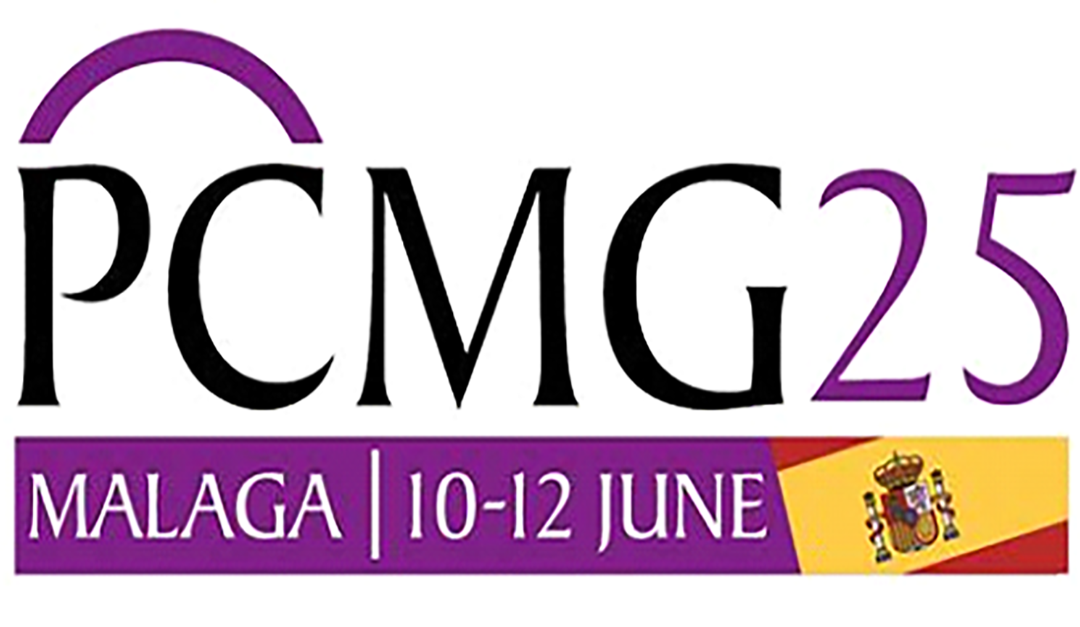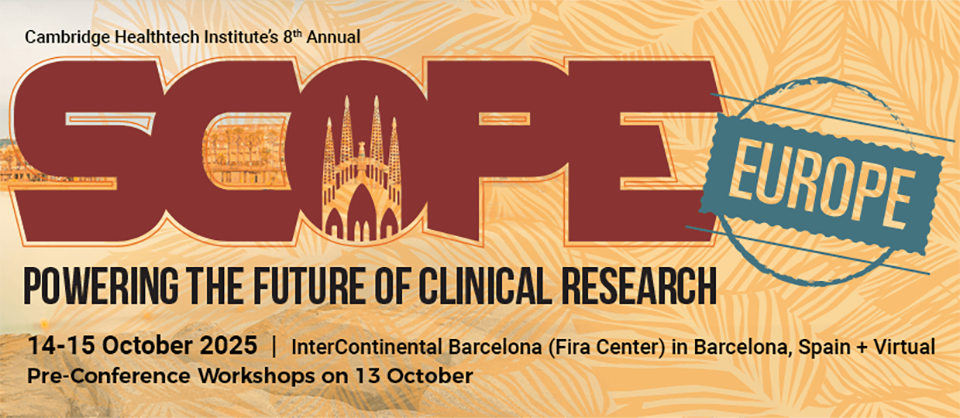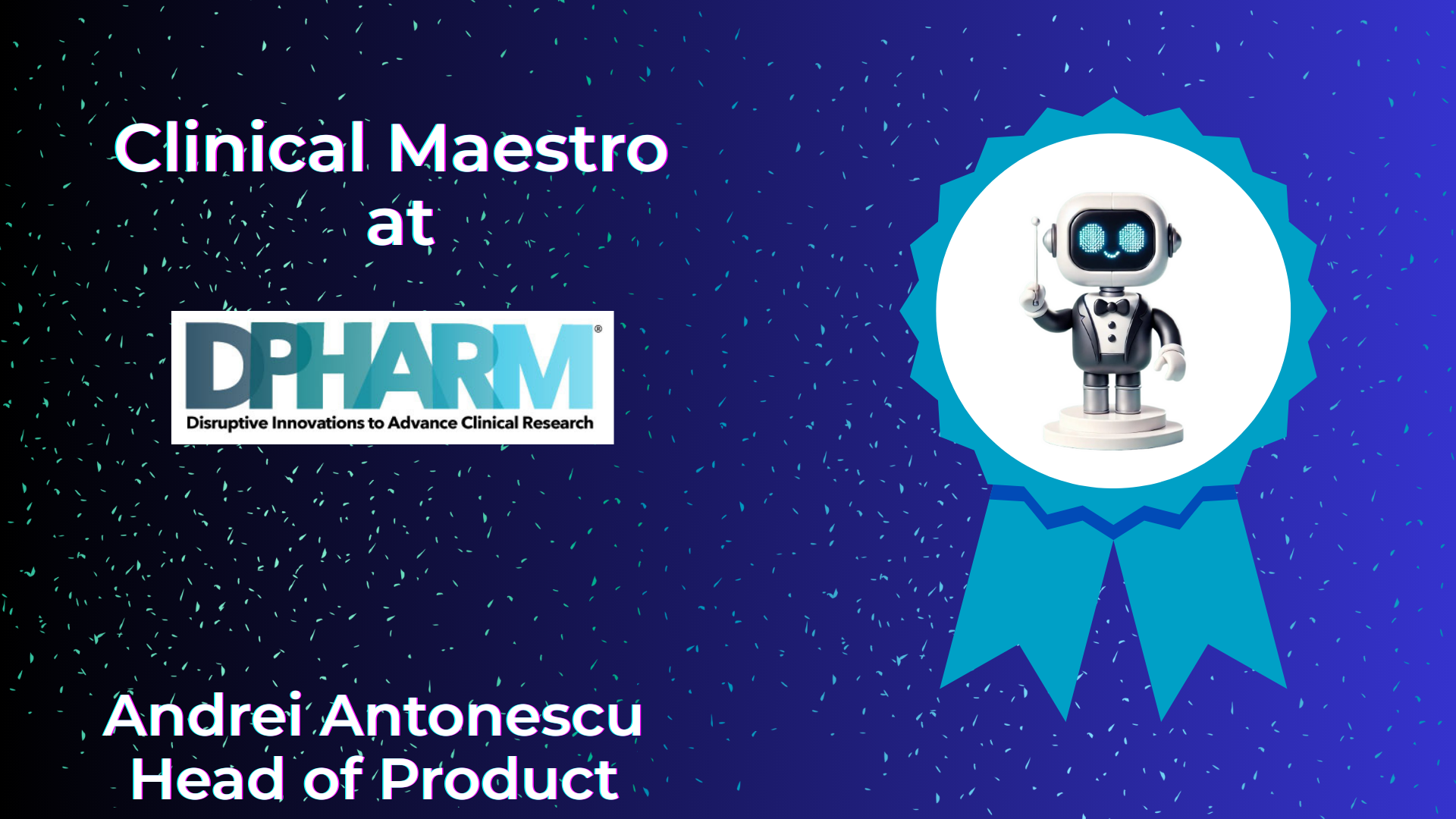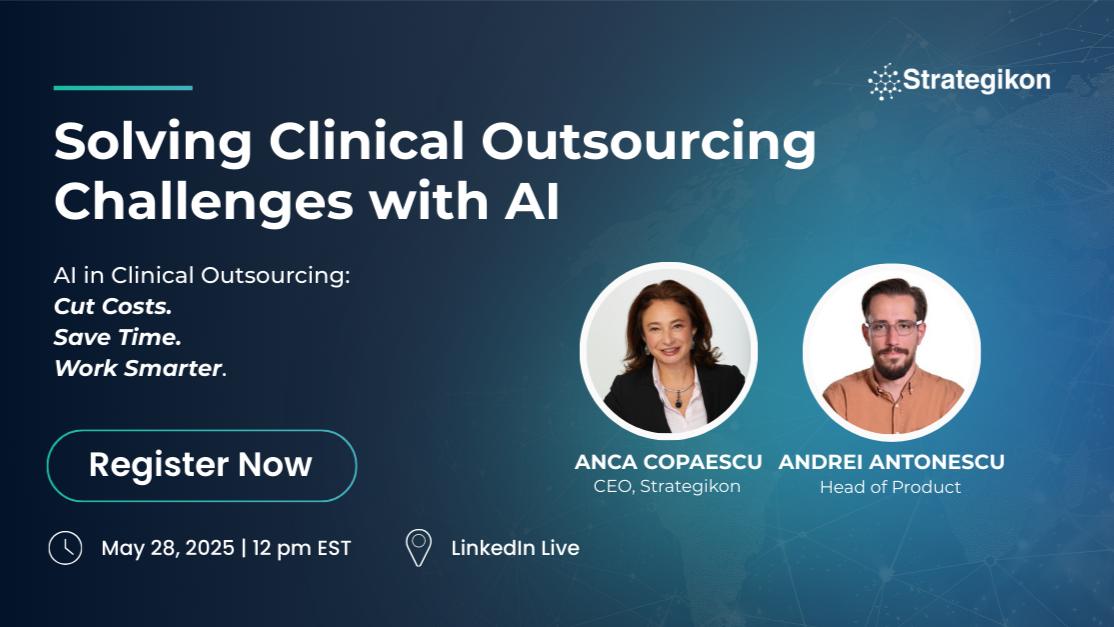When?
Start:
June 10, 2025
End:
June 12, 2025
Where?
Higueron Hotel Málaga, Spain
Details
Event Category:
Conference
Organizer
Website
This event has passed.
PCMG25: A Look Back at the Premier Clinical Outsourcing Event
Last week in Málaga, the PCMG25 Conference brought together leading minds in clinical outsourcing, biotech innovation, and clinical trial strategy. Over the course of three days, attendees participated in interactive sessions, explored innovative outsourcing strategies, and tackled the evolving challenges of clinical trials.
Hot Topics in Clinical Outsourcing
The sessions were rich in firsthand stories and expert debates, focusing not only on current pain points but also on the future direction of the industry. Some of the most compelling themes from the conference included:
- Strategies for navigating regulatory changes and global trial complexities
- Leveraging digital transformation to improve trial efficiency
- Building resilient outsourcing partnerships in a rapidly evolving landscape
PCMG25 provided a unique platform for industry leaders to share insights, address pressing challenges, and shape the future of clinical development and outsourcing. Here is a recap of the sessions:
1. Rare Disease Trials: Why Strategy and Scale Look Different
The conference opened with a powerful case study on rare diseases, presented by Stefano Portolano, CEO of Azafaros. He outlined the immense challenges of developing treatments for ultra-rare, neurologically-driven lysosomal disorders, where as few as 75 patients make up an entire registrational trial. In this context, traditional trial strategies simply don’t apply. You’re working globally from day one, relying on less conventional regions like India or Turkey for recruitment, and you need partners that can scale flexibly—operationally and financially.
Portolano emphasized that choosing a CRO isn’t about checking boxes—it’s about identifying a true strategic partner that understands the complexities of your indication, can handle distributed site strategies, and offers the financial agility needed by pre-commercial biotechs. As he put it, a week’s delay could mean a missed funding milestone and jeopardize the entire company’s future.
2. Biotech-CRO Partnerships: From Transactional to Transformational
This case study between Azafaros and Thermo Fisher Clinical Services became a blueprint for what a modern biotech-CRO relationship can look like. What stood out was not just the scientific potential of the trial but the level of transparency and adaptability that both sides demonstrated. The CRO’s willingness to adjust timelines, payment models, and internal processes to fit the biotech’s constraints made a measurable difference in project momentum.
Critically, the teams moved beyond rigid SOPs and embraced a mindset of “what do we need to achieve, and how do we get there together?” Rather than focusing solely on deliverables, the partnership thrived by aligning operational goals with business realities. And the impact was real: study startup timelines were accelerated, regulatory approvals came earlier than expected, and investor confidence was maintained.
3. The Evolution of the Biotech CEO: 1995 vs. 2025
One of the most eye-opening presentations came from Ali Pashazadeh, CEO and Founder of Treehil Partners, who offered a striking comparison between the biotech landscape in 1995 and today. Back then, the path to success was clearer: monotherapies, long patent windows, and a steady stream of new therapeutic targets. Fast forward to 2025, and CEOs are expected to navigate everything from biomarker-driven combinations to compressed IP timelines and unpredictable licensing opportunities.
Today’s biotech leaders must also contend with investor skepticism, a cluttered therapeutic landscape, and the burden of holding assets deep into Phase III. What was once a straightforward build-to-license model has become a years-long commitment with shifting commercial benchmarks and rising regulatory complexity. It’s no longer enough to be a scientist with vision—you must also be a strategist, fundraiser, and operator with deep cross-functional awareness.
4. 70% of Biotechs May Be Unfundable—But Not for the Reasons You Think
One of the most sobering discussions focused on the “capabilities gap” afflicting early-stage biotechs. According to Treehill Partners, roughly 70% of companies presenting at major investor meetings are simply not fundable—not because the science is flawed, but because they lack the operational maturity to execute. They don’t have regulatory clarity, robust clinical designs, or teams that inspire confidence in execution.
The takeaway? Great science is no longer enough. Without the infrastructure, talent, and strategy to support execution, these companies will continue to struggle. The industry is facing a bifurcation: healthy companies will find partners and capital, while the rest may never leave the dock. CROs, large pharma, and new “bridge builders” must decide if—and how—they will step in to close this gap.
Important points were made about strengthening the early engagement between aspiring biotechs and their prospective “big pharma” R&D partners and the importance of incorporating future partner feedback early in the operational design and the execution strategy.
5. Outsourcing Needs an Overhaul: From eBay to Amazon
One particularly memorable metaphor compared today’s CRO models to eBay—fragmented, inconsistent, and buyer-beware. Each transaction is treated as a standalone event, requiring time-consuming diligence and offering little continuity. What the industry needs is something more like Amazon: a seamless, centralized, end-to-end service where quality, consistency, and accountability are built-in.
This shift requires rethinking not just operational handoffs but also relationship structures. CROs that invest in long-term, full-service models—where sponsor relationships are continuous, data is interoperable, and teams are retained across programs—will gain significant market advantage. The future belongs to CROs that build loyalty, not just revenue.
6. Decentralized Trials: The Hype Is Over, and the Work Begins
The Radio Trial, an EU-based decentralized diabetes study, provided a grounded look at how DCTs are actually playing out, as Bart Lagerwaard, professor at University of Utrecht presented. While patients showed a strong preference for hybrid or fully remote trials, the operational complexity of delivering these models was evident. From regulatory inconsistencies to site readiness and patient support, implementing DCTs remains a challenge—but one worth pursuing.
Perhaps most compelling was the nuanced patient feedback: while digital technologies and home visits were appreciated, satisfaction dropped when participant and site burden increased without sufficient support. DCTs require more than tools—they require intentional design, continuous feedback loops, and a rethinking of what support looks like when the site is no longer central.
7. AI, Digital Measures, and the Sustainability Imperative
AI is already transforming how we screen, design, and manage clinical trials—but the infrastructure to support it remains fragmented. Kai Langel, Bert Hartog, Kevin Taylor and Stephen Pyke discussed and showcased real examples, like using voice biomarkers to prescreen Alzheimer’s patients or AI-enabled protocol generation, yet emphasized the limitations: lack of interoperability, regulatory uncertainty, and unclear ownership of data.
Equally important was the discussion on sustainability addressed by Clare Campbell-Cooper. As trials become more global and digital, we must consider not only the carbon footprint of clinical operations but the long-term impact of over-collecting data, duplicating processes, and relying on legacy systems. “You can’t cut your way to net-zero,” one speaker said, “but you can innovate your way there.”
8. DEI in Trials: It’s Time to Ask Better Questions—and Ask Them Earlier
One of the most important but often overlooked sessions addressed diversity, equity, and inclusion (DEI) in clinical research. The central argument was simple: underrepresentation is not just a patient issue—it’s a design flaw. Patients from underserved communities are often excluded by default due to physician bias, language barriers, or a lack of proactive engagement.
We heard multiple examples of patients saying they would have joined a study—if only someone had asked. We also saw the importance of working with community leaders, not just advocacy groups, and embedding cultural sensitivity into recruitment materials and trial design. True DEI isn’t about checklists—it’s about changing how, where, and with whom we engage from the beginning.
Final Thoughts: This Is a People-Centric Business
Across every session, one theme came up again and again: people. Whether we’re talking about biotech founders, clinical site teams, regulators, or patients, the future of clinical outsourcing will be shaped by relationships, not just processes. In an industry full of protocols and platforms, it’s easy to forget that progress depends on collaboration, trust, and shared ambition.
PCMG Malaga reminded us that we’re not just outsourcing tasks—we’re building partnerships. And those partnerships, when designed right, have the power to reshape our industry.
Strengthen your processes and increase data-driven decision-making for faster study start-ups.
Strengthen your processes and increase data-driven decision-making for faster study start-ups.
When?
Start:
June 10, 2025
End:
June 12, 2025
Where?
Higueron Hotel Málaga, Spain
Details
Event Category:
Conference
Organizer
Website
This event has passed.
RESOURCES
Explore Expert Insights and Resources for Clinical Excellence

Webinars
Change orders in clinical trials are rarely simple. For both Sponsors and CROs, the process is often riddled with hidden costs, budget misalignments, and administrative inefficiencies. Outdated trackers, inconsistent unit pricing, and version control chaos can turn a simple scope adjustment into weeks of delays and unplanned expenses.
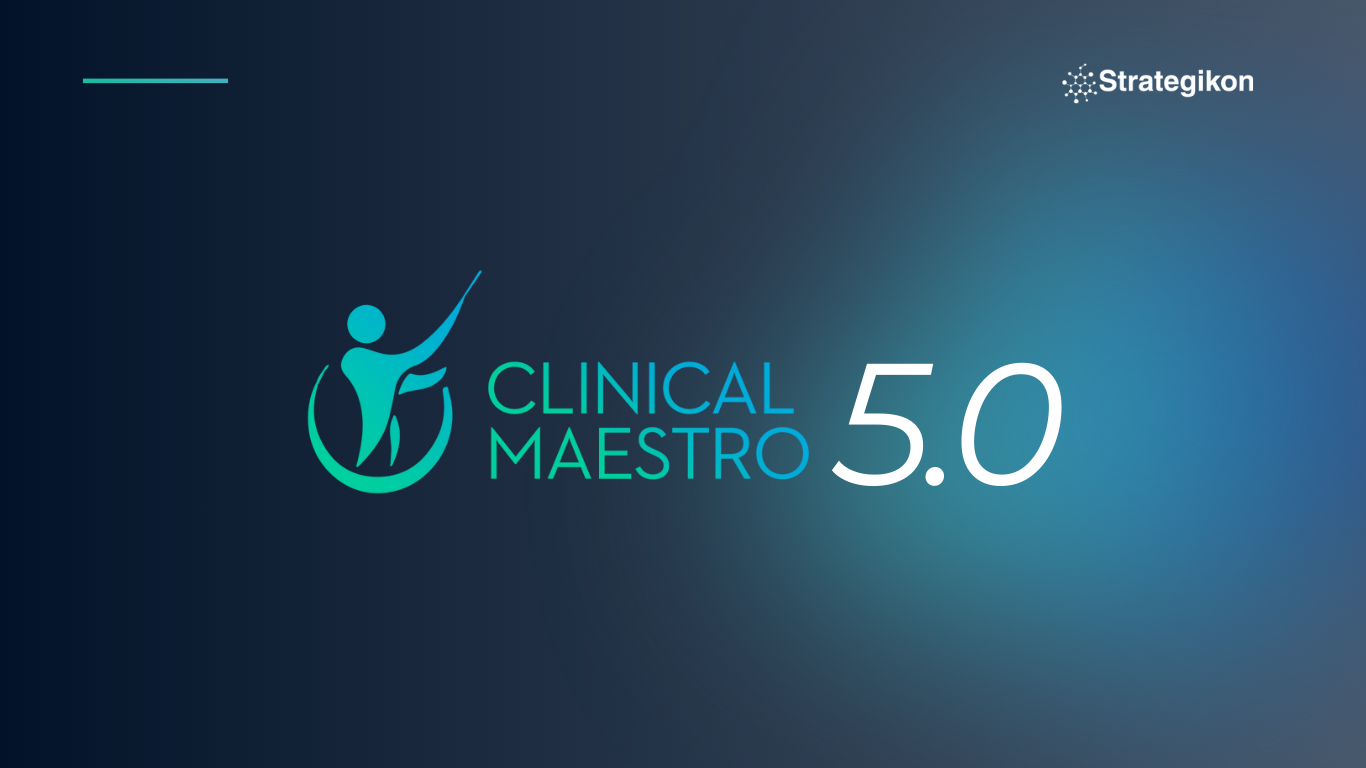
Blogs
Strategikon launches Clinical Maestro® 5.0 with Clinical Maestro AI — transforming clinical outsourcing. Learn how sponsors and CROs benefit from vendor intelligence, rate card compliance, change order simplification, and cost transparency.

Case Studies
Faced with inefficiencies, compliance risks, and fragmented communication, a biopharma company dramatically enhanced its vendor governance by implementing VISION!
DEMO
Request a demo
Discover how Strategikon’s advanced solutions can streamline your clinical trial operations. Request a personalized demo to explore how our tools transform budgeting, vendor management, and outsourcing efficiency for pharma and biotech.
